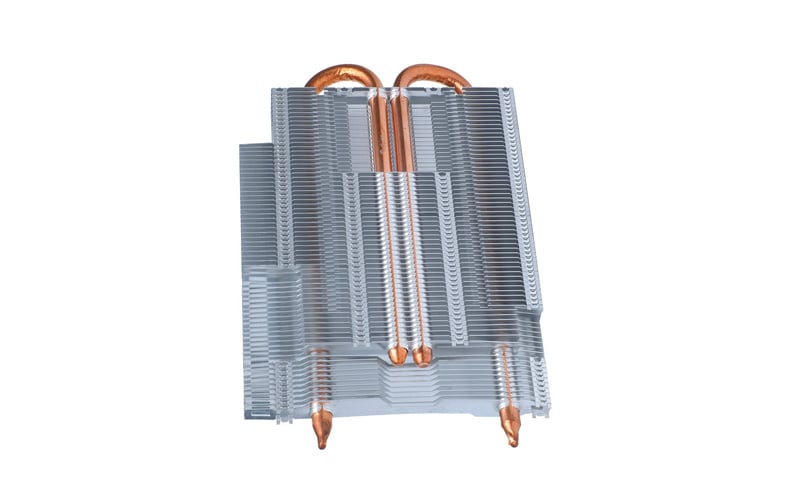The Importance of Heat Sink Module Design
Heat sink module design is crucial for optimizing the thermal performance of electronic devices. Efficient heat dissipation can prevent overheating and improve the overall reliability and longevity of the equipment.
Key Considerations for Heat Sink Module Design
When designing a heat sink module, there are several important factors to consider. These include the thermal conductivity of the materials used, the surface area of the heat sink, and the airflow around the module.
Choosing the Right Materials
The materials used in the heat sink module play a significant role in its effectiveness. Materials with high thermal conductivity, such as copper or aluminum, are ideal for transferring heat away from the electronic components.
Optimizing Surface Area
Increasing the surface area of the heat sink module can enhance its heat dissipation capabilities. This can be achieved through various design elements, such as fins or heat pipes, that maximize the contact area with the surrounding air.
Enhancing Airflow
Effective airflow is essential for ensuring efficient heat transfer within the heat sink module. Design features like fan placement, ventilation holes, and proper spacing between components can improve airflow and prevent thermal bottlenecks.
Thermal Interface Materials
The use of high-quality thermal interface materials, such as thermal paste or pads, can improve the thermal conductivity between the heat sink module and the electronic components. This helps to reduce thermal resistance and improve overall performance.
Considerations for Compact Designs
In applications where space is limited, it is important to design a heat sink module that is both compact and efficient. This may involve using innovative design techniques or alternative materials to achieve optimal thermal performance.
Testing and Validation
Before finalizing the design of a heat sink module, thorough testing and validation are essential. This ensures that the module meets the required thermal specifications and performance standards under real-world operating conditions.
Long-Term Reliability
Designing a heat sink module with long-term reliability in mind is critical for the longevity of electronic devices. By considering factors such as material durability and thermal stability, designers can create modules that withstand years of operation.
Cost-Effective Solutions
While optimizing the thermal performance of a heat sink module is important, it is also crucial to consider cost-effectiveness. Balancing performance requirements with budget constraints can help designers create efficient and affordable solutions.

